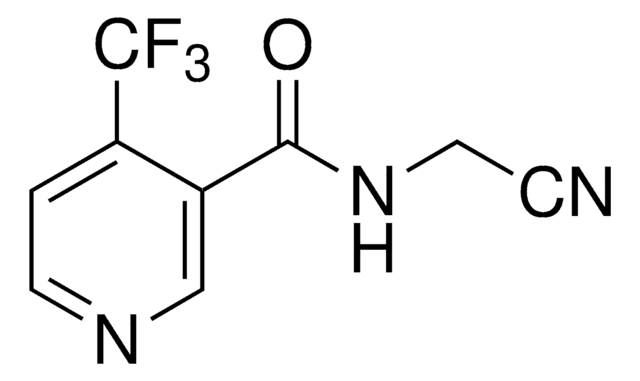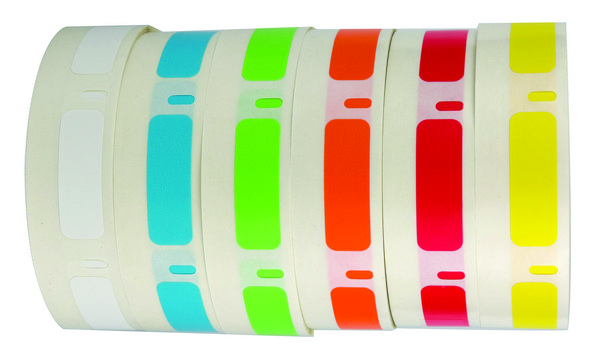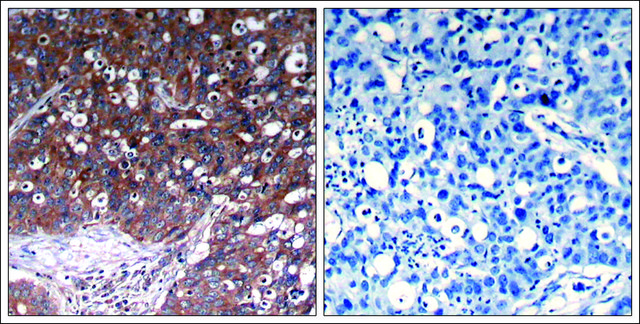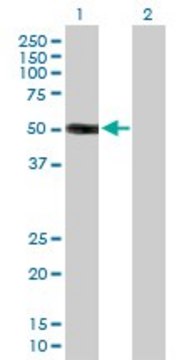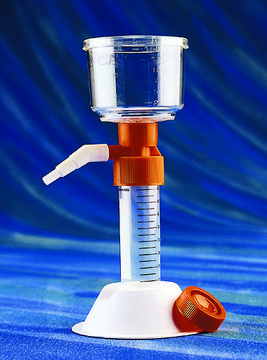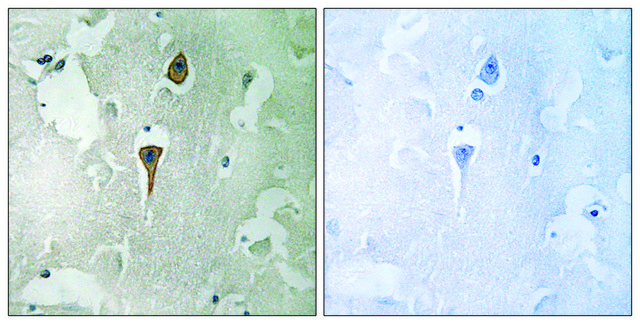General description
ColorWheel® technology is a novel and proprietary method of creating your own antibody and dye combinations for use in flow cytometry. By incubating any ColorWheel® antibody with any ColorWheel® dye, researchers can quickly and simply produce primary conjugated antibodies for use in single color or multicolor flow cytometry analysis. Each ColorWheel® antibody and dye is lyophilized for long-term storage, allowing for simplicity and flexibility without compromise. ColorWheel® technology requires both ColorWheel® antibody and ColorWheel® dye for Flow Cytometry application.
We are committed to bringing you greener alternative products, which adhere to one or more of The 12 Principles of Green Chemistry.This product is Preservative-free, lyophilized product for enhanced stability and allow for ambient shipping and thus aligns with "Waste Prevention", "Designing Safer Chemicals" and "Design for Energy Efficiency".
Click here for more information.
Specificity
Clone M18/2 is a rat monoclonal antibody that detects murine CD18 (Integrin b2). It targets an epitope within the extracellular domain.
Immunogen
Murine cytotoxic T cell glycoproteins
Application
Quality Control Testing
Evaluated by Flow Cytometry in mouse splenocytes.
Flow Cytometry Analysis (FC): Staining of one million mouse splenocytes was performed using 5 μL of a 1:1 mixture of Cat. No. CWA-1076, Anti-Mouse CD18 (M18/2) Colorwheel® Dye-Ready mAb and Cat. No. CWD-PE Colorwheel® Antibody-Ready Phycoerythrin (PE) Dye or an equivalent amount of PE-conjugated Rat IgG2a isotype control.
Note: Actual optimal working dilutions must be determined by end user as specimens, and experimental conditions may vary with the end user
Compatibility
Requires ColorWheel® Dye (Sold Separately)
Target description
Integrin beta-2 (UniProt: P11835; also known as Cell surface adhesion glycoproteins LFA-1/CR3/p150,95 subunit beta, Complement receptor C3 subunit beta; CD18) is encoded by the Itgb2 gene (Gene ID: 16414) in murine species. Integrins are heterodimeric integral membrane proteins composed of a variable a subunit and a conserved b subunit that function in cell surface adhesion and signaling. They contain a large extracellular domain responsible for ligand binding, a single transmembrane domain, and a cytoplasmic domain. The exact combination of various a- and b-subunits dictates the binding specificity of integrins to different ECM components. Although both subunits are required for adhesion, the binding specificity primarily depends on the extracellular portion of the a-subunit. CD18 is a single-pass type I membrane glycoprotein that is synthesized with a signal peptide (aa 1-23), which is subsequently cleaved off to generate the mature form that contains an extracellular domain (aa 24-702), a transmembrane domain (aa 703-725), and a cytoplasmic domain (aa 726-771). It can form a heterodimer with ITGAL (CD11a), ITGAM (CD11b), ITGAX (CD11c), or ITGAD (CD11d). CD18/CD11a heterodimer serves as a receptor for ICAM1, ICAM2, ICAM3, and ICAM4 and for the secreted form of ubiquitin-like protein ISG15. CD18/CD11b heterodimer is a receptor for iC3b fragment and for fibrinogen. It plays a critical role in mast cell development and in immune complex-mediated glomerulonephritis. CD18/CD11c recognizes P1 and P2 peptides of fibrinogen gamma chain and factor X. CD18/CD11d serves as a receptor for ICAM3 and VCAM1. CD18 participates in leukocyte adhesion and transmigration of T cells and neutrophils. It can directly regulate neutrophil production, in part by limiting the survival of neutrophils and their precursors and CD18 deficiency leads to neutrophilia and myeloid hyperplasia in the bone marrow. (Ref.: Gomez, JC., and Doerschuk, CM. (2010). Lab. Invest. 90(4); 599-610).
Physical form
Lyophilized from PBS containing D-Mannitol and Sucrose, normal appearance is a dried pellet. Reconstituted antibody solution is stable and functional as assessed by functional testing. Contains no biocide or preservatives, such as azide.
Reconstitution
1.0 mg/mL after reconstitution at 25 μL in PBS. Please refer to guidance on suggested starting dilutions and/or titers per application and sample type.
Storage and Stability
Recommend storage of lyophilized product at 2-8°C. Before reconstitution, micro-centrifuge vials briefly to spin down material to bottom of the vial. Reconstitute each vial by adding 25 μL PBS. Protect from light.
Legal Information
ColorWheel is a registered trademark of Merck KGaA, Darmstadt, Germany
Disclaimer
Unless otherwise stated in our catalog or other company documentation accompanying the product(s), our products are intended for research use only and are not to be used for any other purpose, which includes but is not limited to, unauthorized commercial uses, in vitro diagnostic uses, ex vivo or in vivo therapeutic uses or any type of consumption or application to humans or animals.

